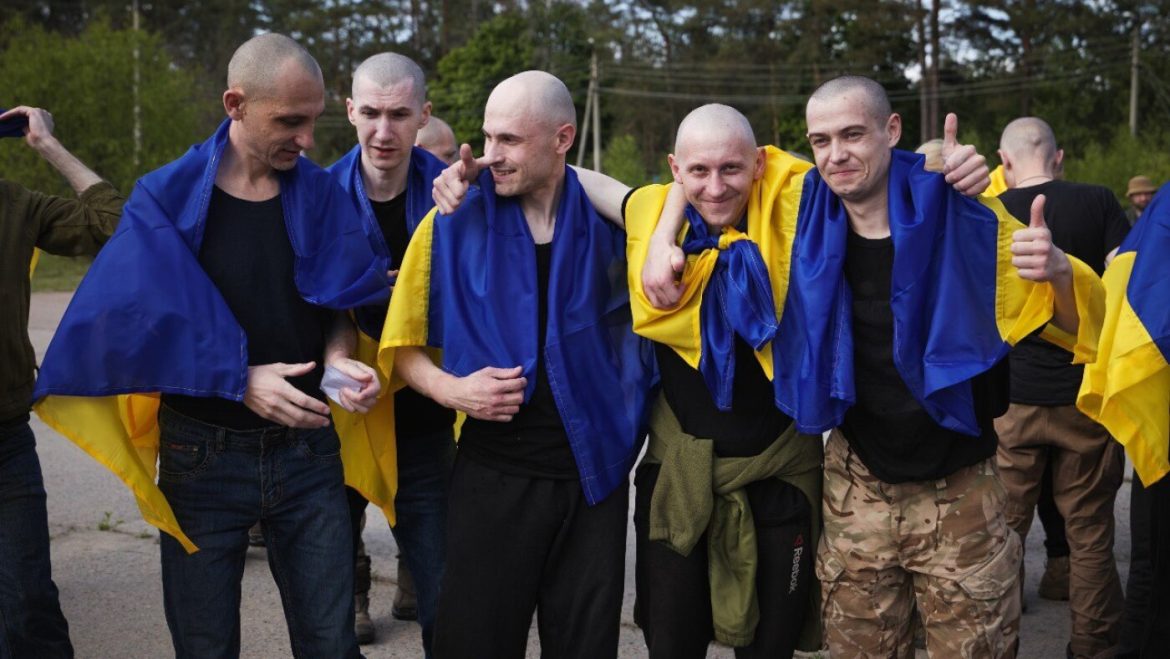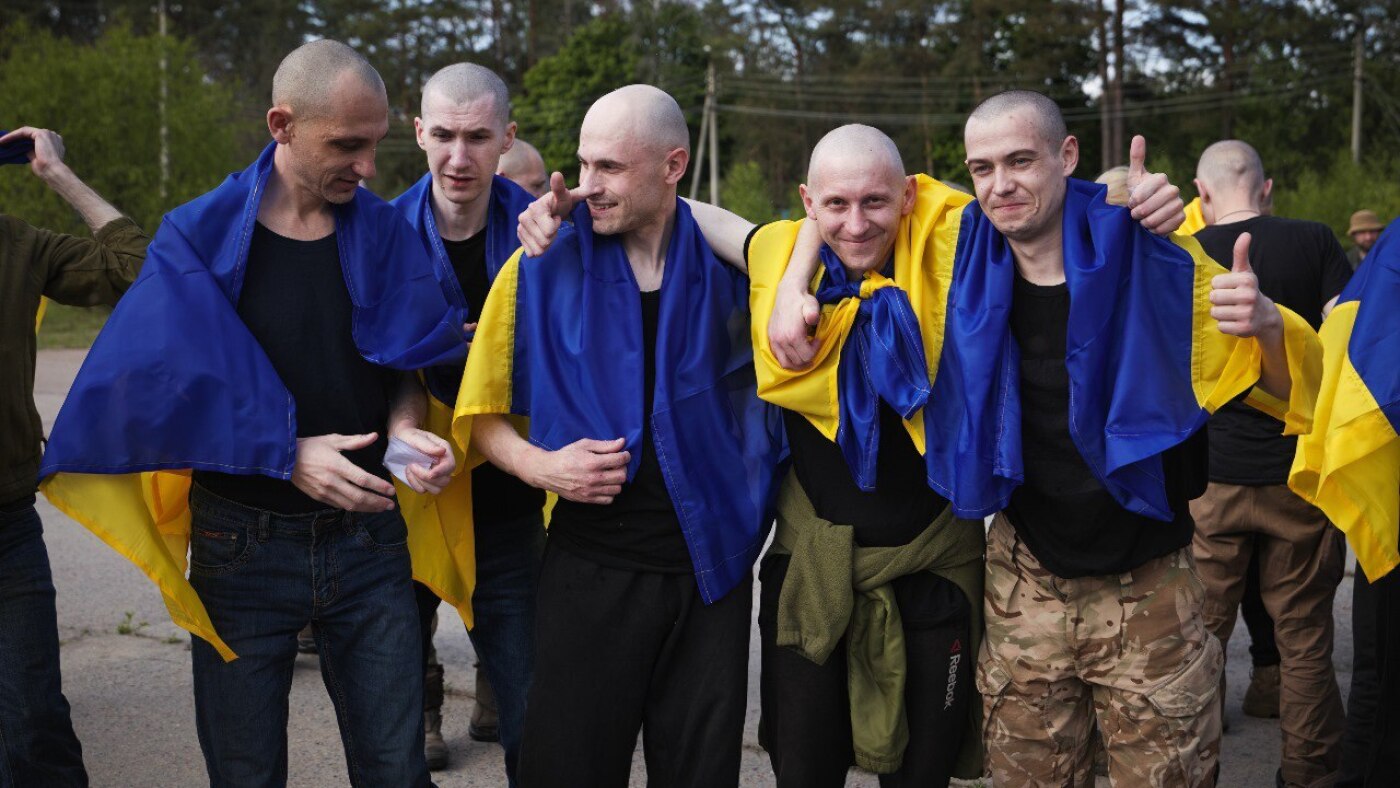Overview of the Largest Prisoner Exchange Between Ukraine and Russia Since 2022
In a significant development amidst the ongoing conflict initiated by Russia’s full-scale invasion of Ukraine in February 2022, both nations have begun what is regarded as the largest prisoner swap since hostilities escalated. This operation, involving the exchange of approximately 1,000 prisoners of war (POWs) from each side, marks a notable moment in an otherwise protracted and intense war effort.
Background Context and Historical Significance
Since the onset of the invasion, Ukraine and Russia have conducted numerous prisoner exchanges—over 60 such swaps have taken place, involving roughly 5,000 individuals. However, the current exchange surpasses all previous ones in scale. Previous swaps tended to be smaller and more fragmented, often involving dozens or a few hundred captives. This large-scale swap materializes after months of diplomatic engagement, specifically following peace talks held in Istanbul, mediated by Turkey and facilitated also by the United Arab Emirates.
The exchange is seen as both symbolic and pragmatic. It signals some level of continued communication and negotiation channels between the two adversaries, even as the conflict rages on with no comprehensive ceasefire in place.
Mechanics and Execution of the Exchange
The special agreement to exchange 1,000 prisoners each emerged after direct talks between delegations from Kyiv and Moscow, which notably were the first of their kind since the early weeks following Russia’s 2022 invasion. These talks took place in Istanbul and lasted less than two hours, highlighting how limited but impactful diplomatic efforts can be.
The actual swapping process is staggered and ongoing, expected to continue over several days. The initial phase involved over 200 soldiers from each side being returned to their home countries. Both military personnel and some civilians are included in the exchange lists, with Ukraine and Russia each submitting names of those they wished to see freed. The released individuals were greeted with emotional displays, including cheers and embraces, demonstrating the human cost underpinning the broader geopolitical conflict.
Political and Humanitarian Dimensions
For Ukraine, the swap has a powerful domestic and international significance. Ukrainian President Volodymyr Zelensky emphasized the result of the prisoner exchange as “perhaps the only tangible outcome” of recent peace talks. The return of soldiers serves not only to boost morale at home but also to reassert Ukraine’s commitment to securing the welfare of its captured personnel.
From the Russian perspective, the exchange also underscores their strategic positioning and controlled diplomacy. Russia reportedly returned hundreds of individuals, including soldiers and some civilians, underscoring the ongoing dynamics of hostage diplomacy amid wartime contestation.
Despite this breakthrough in prisoner exchange, no comprehensive ceasefire or peace agreement has emerged from the negotiations. Moscow maintains maximalist conditions and shows no signs of pausing military operations in occupied territories, reflecting the complex interplay of war, politics, and diplomacy.
Mediation and International Influence
Mediation efforts by Turkey and the United Arab Emirates have played a crucial role in enabling these exchanges. Their involvement provided neutral ground for talks and trust-building despite deep-seated hostilities. Turkey’s Istanbul meeting was integral to agreeing upon the prisoner lists and exchange framework, while the UAE’s facilitation has helped maintain communication channels.
Such intermediaries are pivotal in an international context, as direct dialogue between Russia and Ukraine remains fraught with challenges. The prisoner swap thus illustrates how third-party diplomacy can deliver limited but vital humanitarian relief.
Implications and Future Outlook
Though the prisoner exchange represents a positive humanitarian step, its implications for ending the war remain limited. This swap is a humanistic gesture amid ongoing aggression and conflict, showing that practical cooperation is possible even in deeply adversarial situations.
The resumption of direct talks and successful prisoner exchanges may lay groundwork for future negotiations, but the entrenched geopolitical and military conflict dynamics indicate a protracted struggle ahead.
For families of prisoners and combatants on both sides, the exchange provides a glimmer of hope and closure for some, while reminding the broader world of the war’s human dimension.
—
Conclusion: A Complex Step Towards Reconciliation Amid Conflict
The current large-scale prisoner swap between Ukraine and Russia stands as the most extensive since the escalation of hostilities in 2022, embodying both the humanitarian cost and fragile threads of diplomacy in this devastating war. While it does not herald an immediate cessation of fighting or peace, the exchange is a critical reminder of shared human bonds and the potential for dialogue, even when broader peace seems distant.
This tangible act of mutual concession highlights that amidst conflict’s harsh realities, pathways remain open for negotiation, relief, and incremental progress—both for those directly affected and for the international community watching and hoping for resolution.


